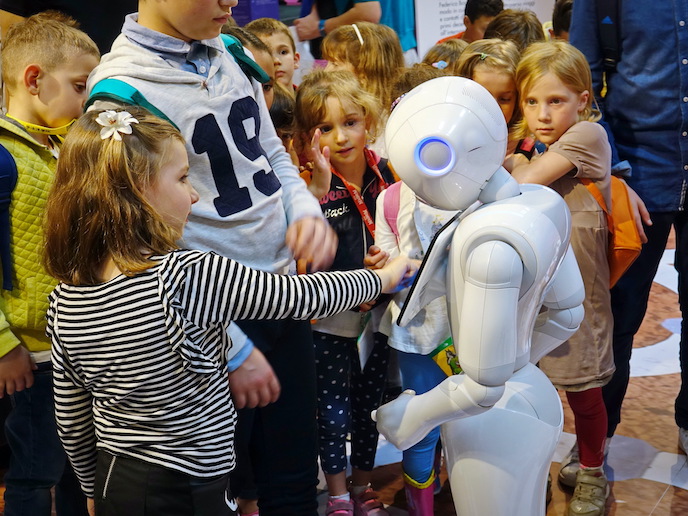With a view to the future through cognition
Cognitive computer vision constitutes a key research field related to the integration and control of vision systems that through symbolic representations are capable of understanding, knowing and learning behaviours. For instance, a robot that develops dextrous capabilities in accomplishing domestic tasks, such as cleaning up the table after dinner. Nevertheless, after decades of research efforts, it is still very difficult for computers to carry out such activities. Addressing this need, the so-called COGVIS project focused on providing advanced methods for making computer vision systems capable of completing categorisation and recognition of objects and events related to tasks. Thereby, the developed mobile agents may imitate human behaviours and through interpretation of these behaviours may eventually interact with their surroundings. This means that robots may now be able for example to distinguish cups from plates and deliver them in realistic environments, such as homes. Aided by visual information these systems may be able to develop memory and adaptation functionalities as well as to advance memory and representation of knowledge. More specifically, the COGVIS results involve new methods and techniques for: robust interpretation of dynamic scenes, attainment of basic skills and environmental models, and fully distributed control over continuously operating systems. Urged by future European demographic profile, where workforce is expected to diminish by half within the next decades, the project consortium aims at providing more efficient working hands. Most importantly, these versatile robots may significantly contribute to the autonomy of the elderly and the handicapped people like the Baby Bot robot, capable of interpreting a dinner set-up. On the other hand, these systems may replace humans in completing hazardous activities or reaching inaccessible and harsh environments. For more information, click the project site found at: http://cogvis.nada.kth.se/(odnośnik otworzy się w nowym oknie)







